Apple Vision Pro vs. Meta Quest 3: Not as one-sided as you might think
The Quest 3 technically does most of what the Apple Vision Pro does, but with budget hardware that limits some of its potential.
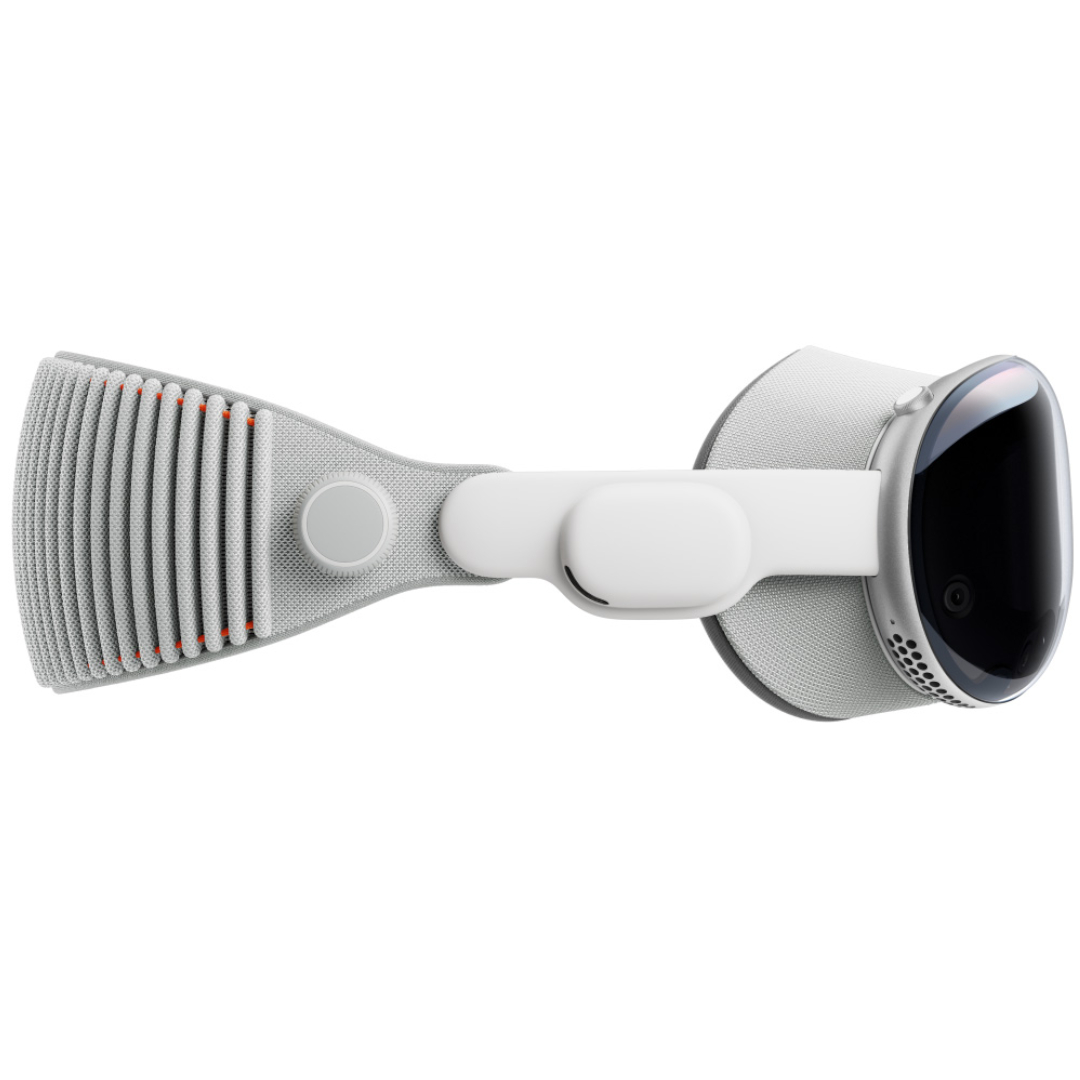
First-gen heavyweight
Apple's first-generation headset is for serious enthusiasts and VR professionals who can justify spending $3,500 plus tax. If you can afford it, the visual quality and incredible hand-tracked controls are offset by a heavy design and limited number of apps (especially for gamers).
Pros
- Micro-OLED with 23 million pixels
- Laptop-quality M2 chip
- Face and eye tracking
- Modular design fits different head sizes
- Better hand-tracking controls
- Better productivity software
Cons
- $3,500 (7x the price)
- Requires wired battery pack
- Lack of controllers limits VR gaming options

Veteran quality
The Meta Quest 3 is pricier than the Quest 2, but the Vision Pro makes it look positively affordable. This excellent VR headset has the best VR gaming library, a wireless design, and full-color passthrough that enables mixed-reality experiences — even if they're not as impressive as Apple's.
Pros
- Powerful wireless performance
- Full-color mixed reality
- Ships with controllers
- Significantly more affordable
- Wider field of view
- Better gaming software
Cons
- Lower-resolution LCD
- Less powerful performance than Vision Pro
- No eye tracking
The Meta Quest 3 vs. Apple Vision Pro is a battle for the title of best VR headset, and since Mark Zuckerberg decided to call the Quest 3 the "better product, period" compared to the Vision Pro, the battle has become very heated.
The Apple Vision Pro is the new standard for how VR or MR headsets should perform, with laptop-quality performance, tens of millions of pixels per eye for near-lifelike passthrough, and spatial apps that interact with your real-world environment. It also costs an absurd amount of money compared to the Meta Quest 3.
The Meta Quest 3 costs one-seventh the price, making it pricey compared to the Quest 2 but eminently more reasonable for everyday consumers. It also has many of the same tricks, like full-color mixed-reality apps and hand-tracking controls, plus the advantage of a much better gaming library and a lighter design.
Let's break down the Apple Vision Pro vs. Meta Quest 3 designs, specs, software, and other considerations to help you decide if the Quest 3 is a better fit if the Apple Vision Pro's upgrades are too tantalizing to pass up, or if you should wait until the next generation.
Apple Vision Pro vs. Meta Quest 3: Design
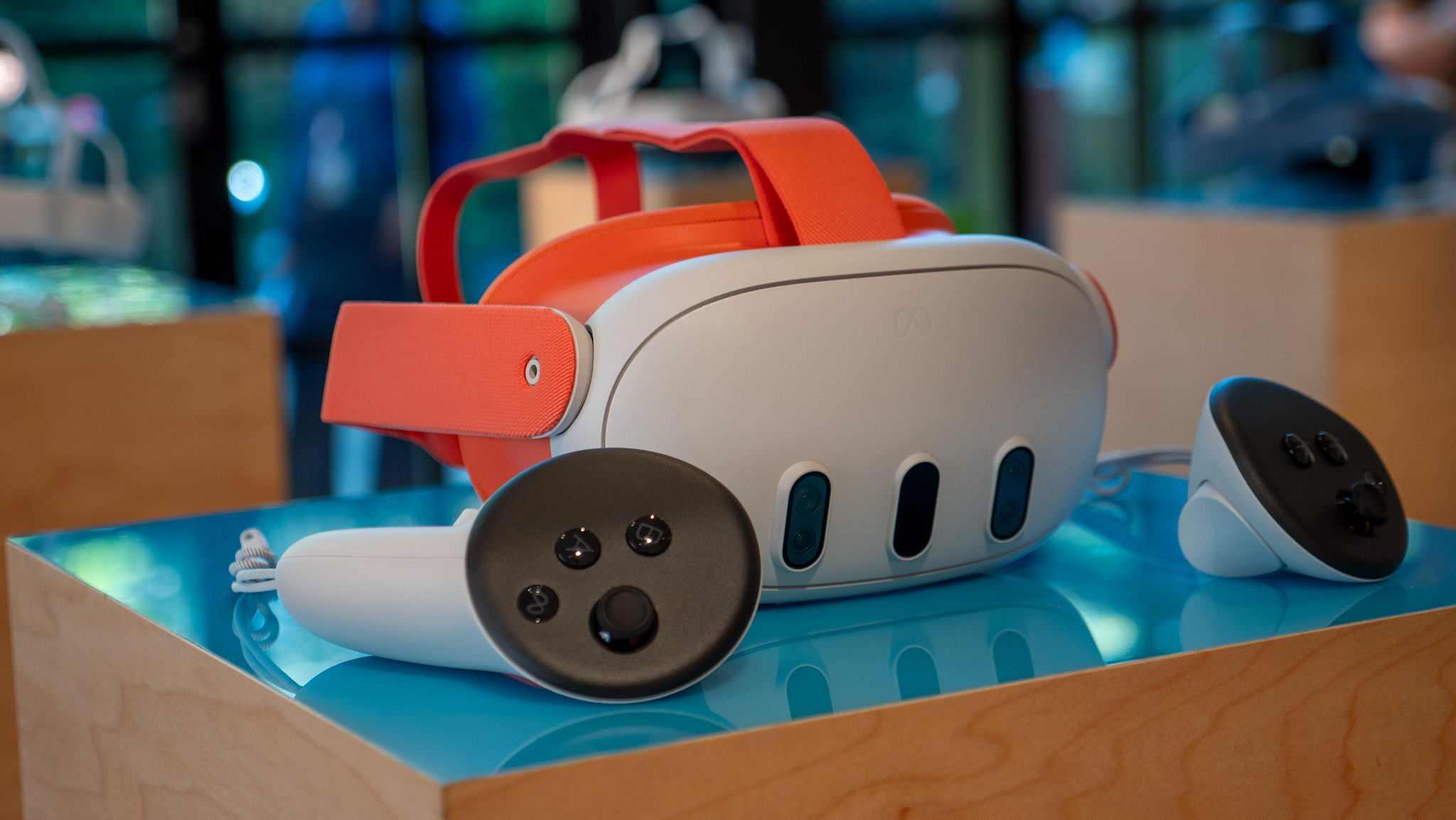
The Quest 3 has a functional, plastic-heavy design with three camera pills on the front to enable mixed-reality apps and controller tracking. It ships with a cloth strap that sits atop both sides of your head to balance the weight of the 1.1-pound headset evenly. It's more comfortable than the Quest 2 strap but does tend to press down against your ears.
You'll probably prefer to upgrade to a Quest 3 Elite Strap with a knob on the back to firmly attach it to your head, with better weight balance and the option to add a battery pack. Still, the Quest 3 has decent balance because of its skinny pancake lenses, ensuring it's not as front-heavy as either the Quest 2 or Apple Vision Pro.
Another Quest 3 vs. Quest 2 change is that the default facial interface is designed with a new, adjustable face gasket that pulls out to make room for glasses without needing a spacer. Plus, it allows for 1mm adjustments between interpupillary distance (IPD) settings instead of three main presets, making it better match people's varying eye gaps.
Get the latest news from Android Central, your trusted companion in the world of Android
The main perk of the Meta Quest 3 is that it's fully wireless. You'll be able to buy a Link cable to connect to a PC, but you can also use Air Link to sync wirelessly or simply rely on native Quest games without any extra tech needed. Its battery life barely lasts 2 hours, about the same as the Vision Pro, but you can lengthen its lifespan with a battery pack.
Overall, we're fans of the design, except that Meta fully expects you to upgrade it with Quest 3 accessories and also that the lenses can sometimes get foggy during play sessions.
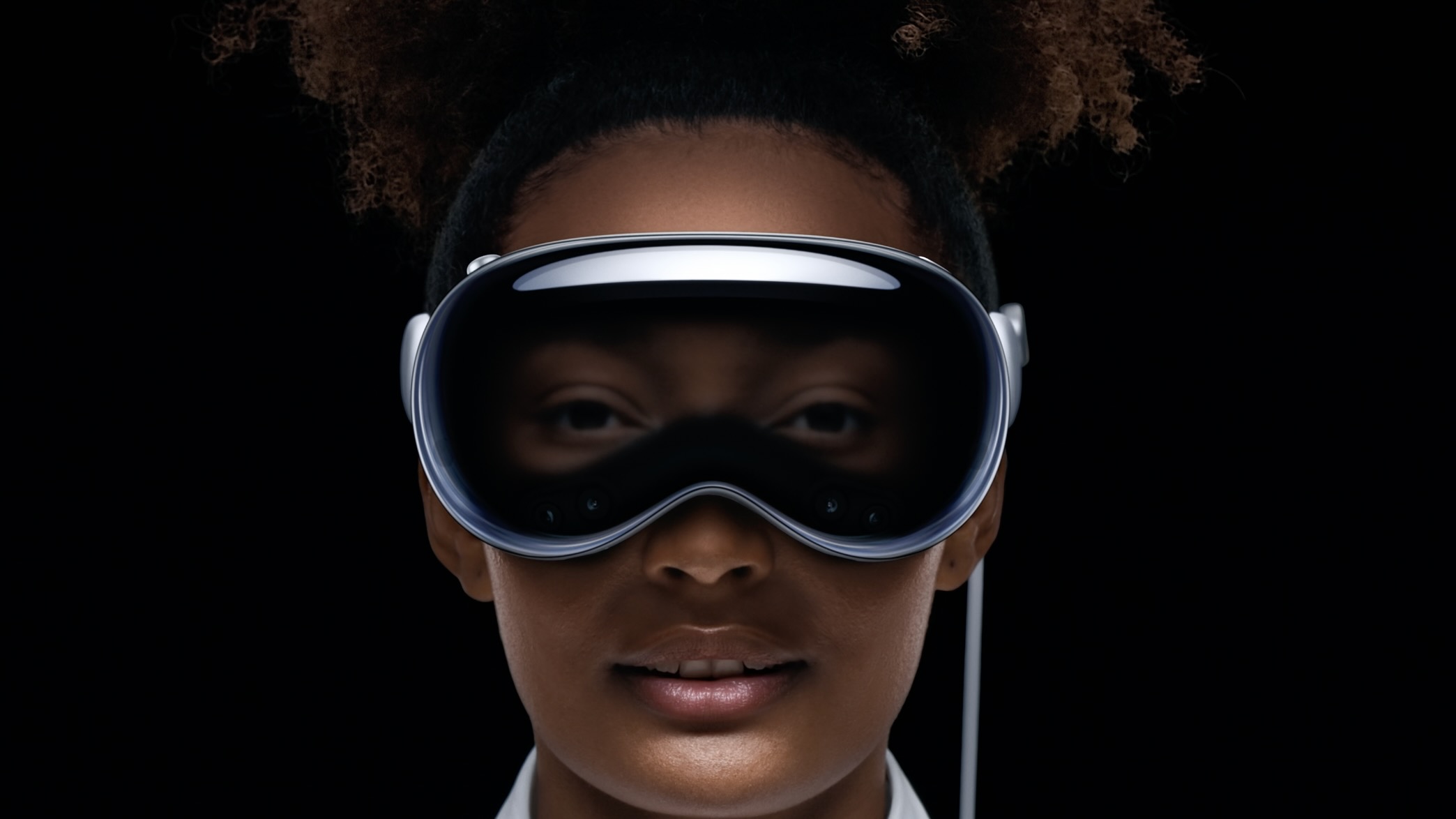
The Apple Vision Pro evokes the feeling of a high-tech ski or lab goggles set, somewhat similar to the Meta Quest Pro. They both have a black glass front with rounded edges, an elevated bottom-middle portion to accommodate your nose, and a Fit Dial on the back.
Of course, the Quest Pro doesn't use Apple's EyeSight to project your real-world eyes onto the outer display, which gives it a much different vibe.
Unlike the Quest Pro, the Apple Vision Pro ships with an "optional" Dual Loop band with a top strap to offset the weight. You won't see it in promo images, but it's the only way that the 1.4-pound headset doesn't feel painfully heavy on your forehead, sides, and back of your head after a while.
Before you buy the Apple Vision Pro, Apple recommends you go in-store to try it on because it has a modular design. You choose the right size of head strap and light seal for your face so that it fits properly, with no need to upgrade after the fact.
The Apple Vision Pro uses recycled aluminum in the frame surrounding the glass, while the knitted strap and seal use a combination of yarn and fabric. You can tell by the look and feel that it uses more premium materials, in other words.
Overall, the Apple Vision Pro design is more striking, but its weight takes serious getting used to, as does the feeling of having a battery pack attached to you at all times — though it's not as annoying as the wire anchored to the PS5 for the PSVR 2.
Apple Vision Pro vs. Meta Quest 3: Performance
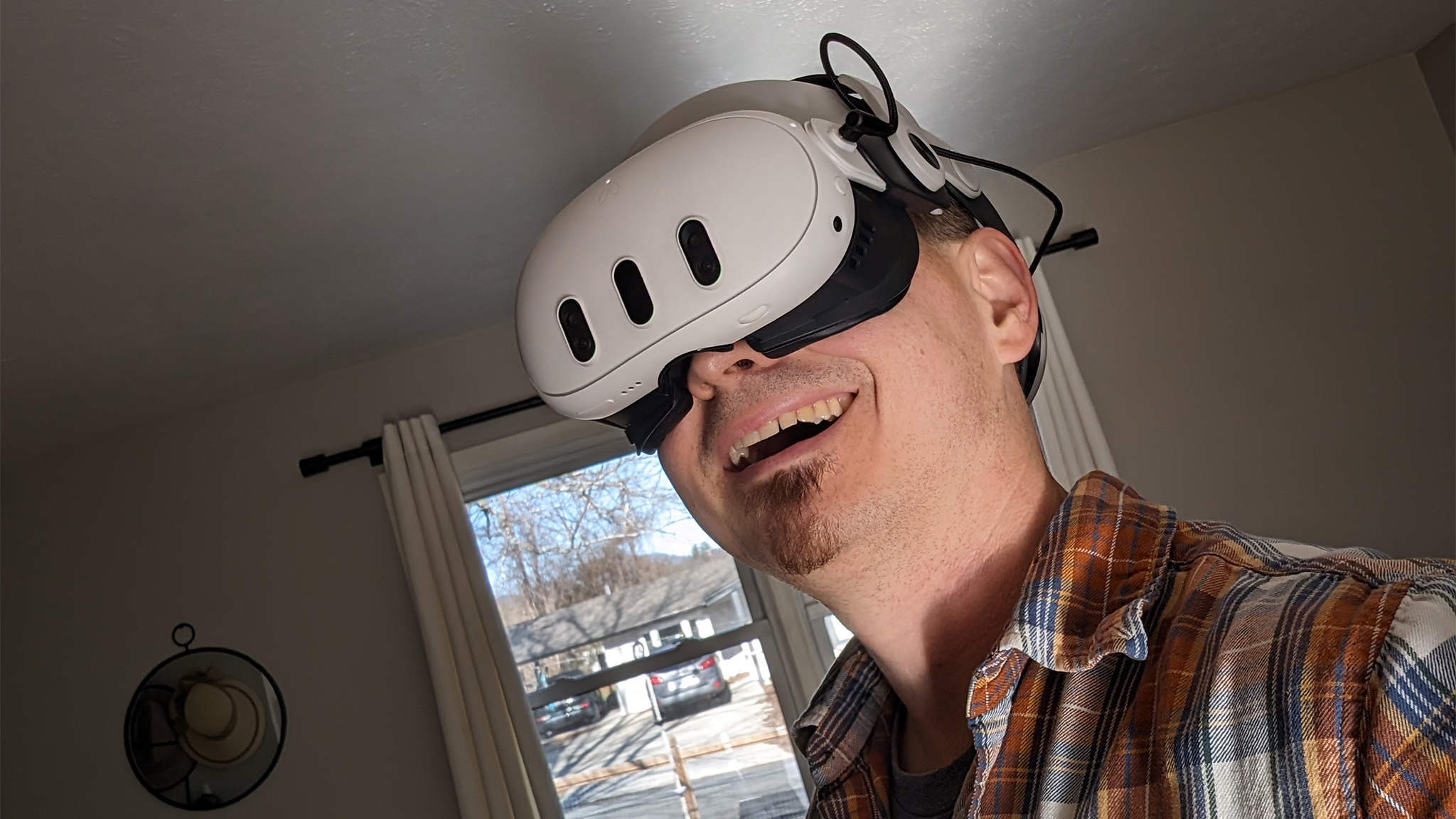
The Apple Vision Pro uses an M2 chip paired with 16GB of RAM. It's a 2nd-gen 5nm chip found in laptops like the MacBook Air 2022 that can deliver powerful computing performance. Apple also used an R1 chip that's specifically in charge of processing the data from the 12 cameras, five sensors, and six microphones to deliver real-time mixed reality.
The Meta Quest 3 uses the Snapdragon XR2 Gen 2, which delivers 2.5X the graphical performance of the Quest 2 with just 8GB of RAM. This chip doesn't have as much processing power and also pulls double-duty tracking of all the camera data.
If you look at the best Quest 3 games, you can see how they offer better colors, shadows, lighting, and textures than the last generation, but they still look "last-gen" in graphics compared to modern console games because the XR2 Gen 2 is an optimized version of a flagship smartphone chipset. It's not reasonable to expect it to match an optimized laptop chipset with twice the memory.
Apple Vision Pro vs. Meta Quest 3: Specs, displays, and cameras
| Category | Apple Vision Pro | Meta Quest 3 |
|---|---|---|
| Price | $3,499 (256GB), $3,699 (512GB), $3,899 (1TB) | $499 (128GB), $649 (512GB) |
| CPU | Apple M2 (4 performance cores, 4 efficiency scores) + 16-core neural engine | Snapdragon XR2 Gen 2 |
| GPU | 10-core | Adreno |
| RAM | 16GB | 8GB |
| Storage | 256GB/ 512GB/ 1TB | 128GB/ 512GB |
| Lenses | Catadioptric | Pancake |
| IPD | 51–75mm | 53–75mm |
| Display | Micro-OLED, 92% DCI‑P3 | LCD |
| Resolution | 11.5 million pixels per eye | 4.5 million pixels per eye |
| Refresh rate | 90–100Hz | 90–120Hz |
| Field of View | ~100º | 110º |
| Battery life | 2 hours with battery pack | 2 hours (wireless), 4 hours w/ battery strap |
| Cameras | 12 (6 external, 2 TrueDepth, 4 internal) | 7 (4 front, 2 bottom/sides, 1 depth) |
| Controllers | None (hand tracking only) | Touch Plus controllers included |
| Connectivity | Bluetooth 5.3, Wi-Fi 6 | Bluetooth 5.2, Wi-Fi 6E |
| Weight | Headset: 600–650g/ 1.32–1.43lb.; Battery pack: 353g/ 0.78lb. | 515g / 1.14lb. |
The Apple Vision Pro has an advertised resolution of 23 million pixels or half that per eye. In practice, an iFixit teardown found it has a resolution of 3660 x 3200 pixels per eye, compared to 2,064 x 2,208 for the Quest 3. While the latter hits 1,218 pixels per inch or 25 pixels per degree, iFixit estimates the Vision Pro reaches 3,386 pixels per inch or 34 pixels per degree.
Even though the Quest 3 easily beats the Quest 2 (1832 x 1900 per eye), PSVR 2 (2000 x 2040), or Valve Index (1440×1600), it's not in the same visual ballpark as the Vision Pro. Not only is the resolution lower, but its LCD displays can't deliver anything close to the same rich color gamut as the Vision Pro.
That said, the Quest 3 display does beat the Vision Pro's in two key areas. First, it has a wider field of view at 110º degrees; it's currently believed that the Vision Pro hits about 100º FoV, which is about average for VR headsets. And second, the Vision Pro maxes out at a 100Hz refresh rate, while the Quest 3 is capable of hitting 120Hz.
We've also heard that the Vision Pro's micro-OLED inherently generates much more motion blur when turning your head in passthrough mode compared to the Quest 3's LCD.
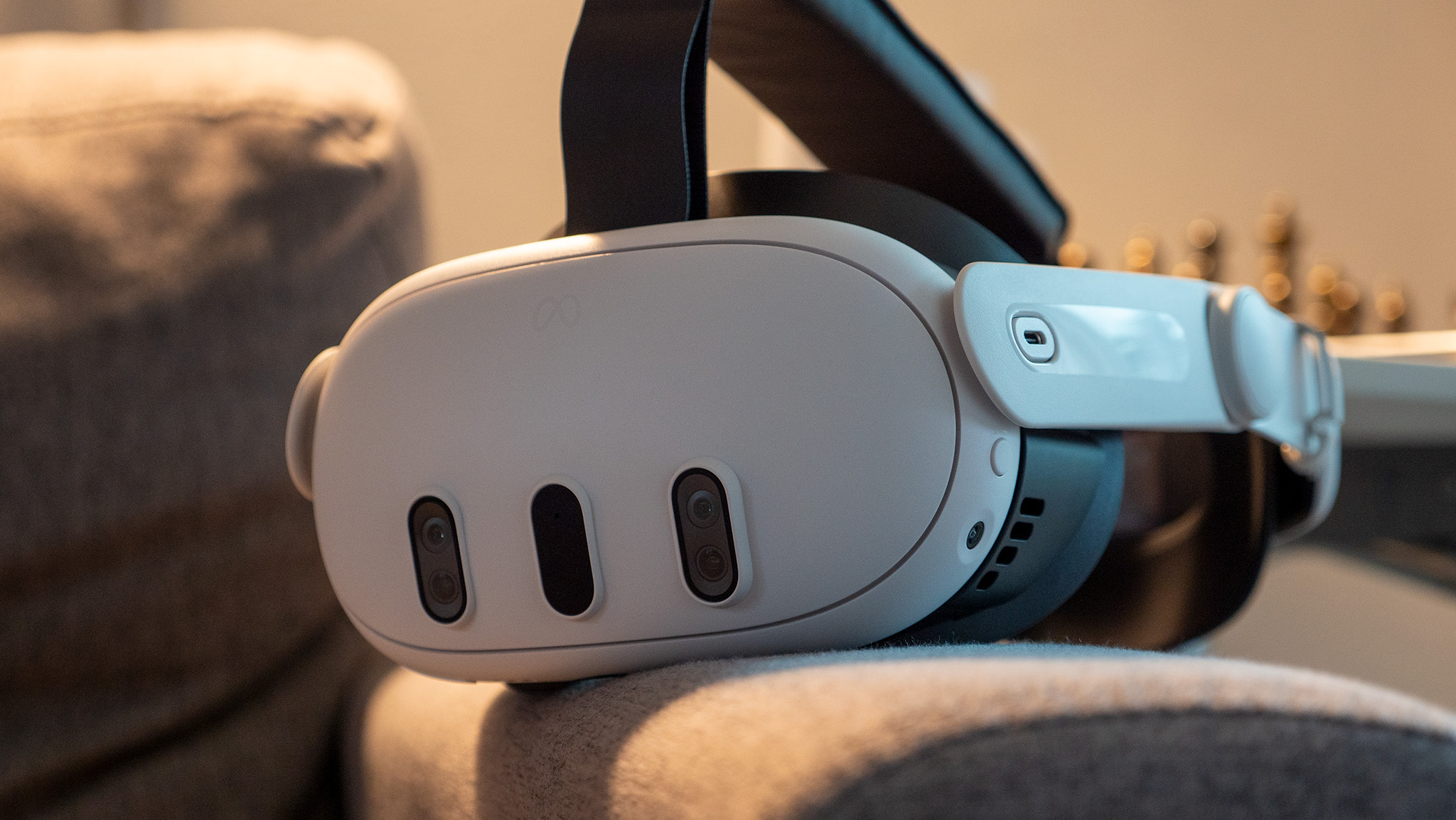
In terms of cameras, the Meta Quest 3 has three overt camera pills on its front. Inside, the left and right pills each have two camera sensors: one 4MP RGB color camera for passthrough and one sensor for hand/controller tracking. The center pill has a depth sensor to support mixed-reality experiences, and you'll also notice two small spheres on the Quest 3's bottom-side edges for tracking in its periphery.
Unlike the Vision Pro or Quest Pro, it has no internal cameras for eye or face tracking, a cost-cutting measure that precludes foveated rendering or other social features.
Unsurprisingly, the Apple Vision Pro packs in more cameras. It has six external cameras and two depth sensors, with 6.5MP RGB color cameras for better passthrough resolution than the Quest 3 offers.
Looking inward, the Vision Pro has four cameras for facial and eye tracking, enabling all kinds of unique software tricks like the option to select things based on where you're looking. EyeSight will project your eyes onto the outer display so people can see where you're looking, while face tracking is used to create a digital avatar for FaceTiming.
Apple Vision Pro vs. Meta Quest 3: Controllers
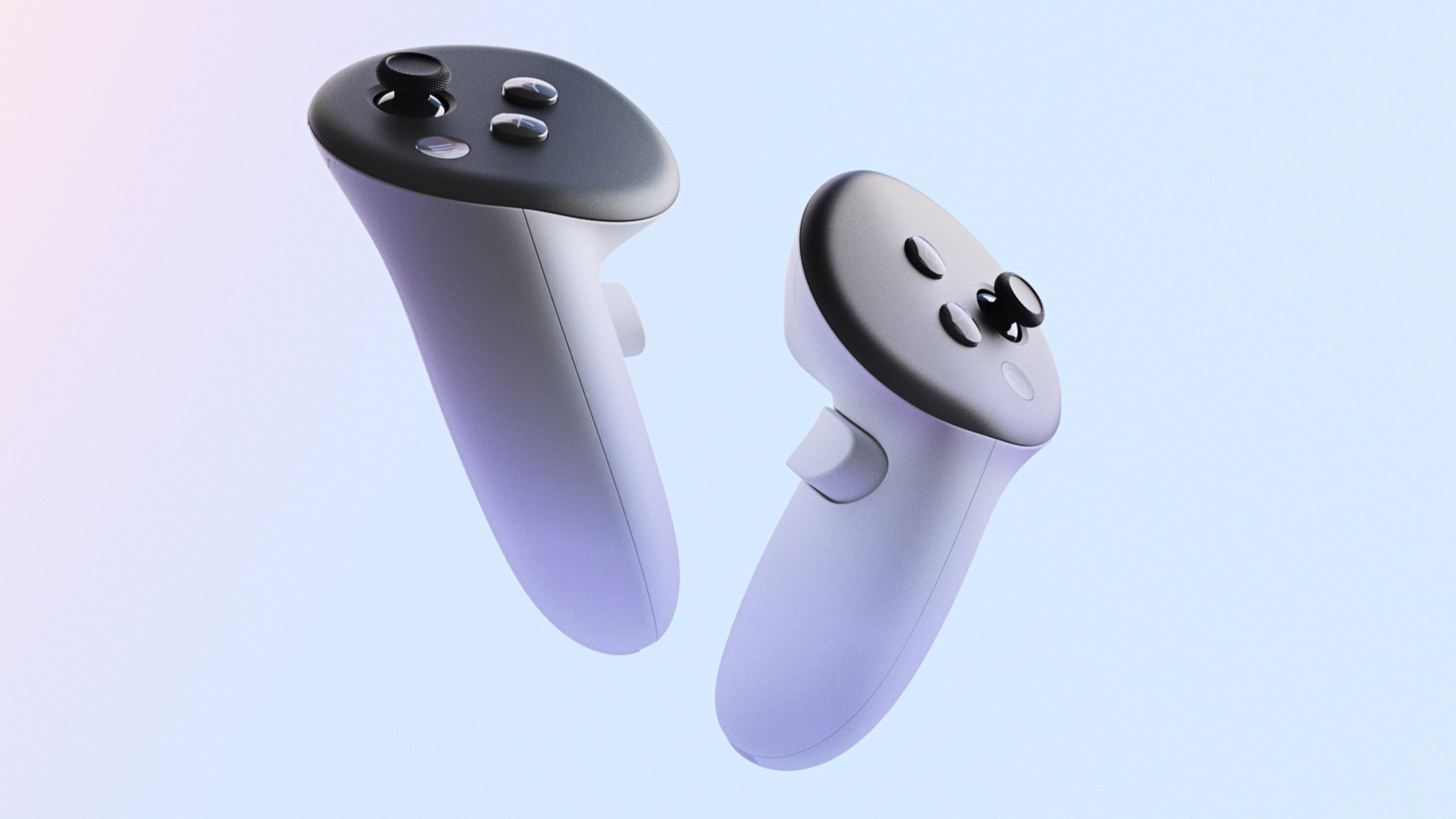
The Apple Vision Pro has no controllers, relying entirely on hand-tracked gesture controls. According to The Verge, they considered a finger-based controller but eventually decided on this solution.
Apple does let you connect some Bluetooth keyboards or controllers to the headset for specific applications, but most VR games ported to the headset rely solely on hand tracking.
While the Quest 3 does have hand-tracking games, and its latest v62 update added Vision Pro-like hand-tracking shortcuts, most people will rely on the bundled Touch controllers, giving you more tactile feedback and precision than Apple's hand-tracking can reasonably offer.
The Verge's Vision Pro review runs through some of the difficulties, like false positives, losing track of your hands, or having to look away from something to select something else. By contrast, you can keep your Quest 3 controllers below your eye line and have the Bluetooth and bottom sensors keep track of what you're doing.
Apple Vision Pro vs. Meta Quest 3: Games and software
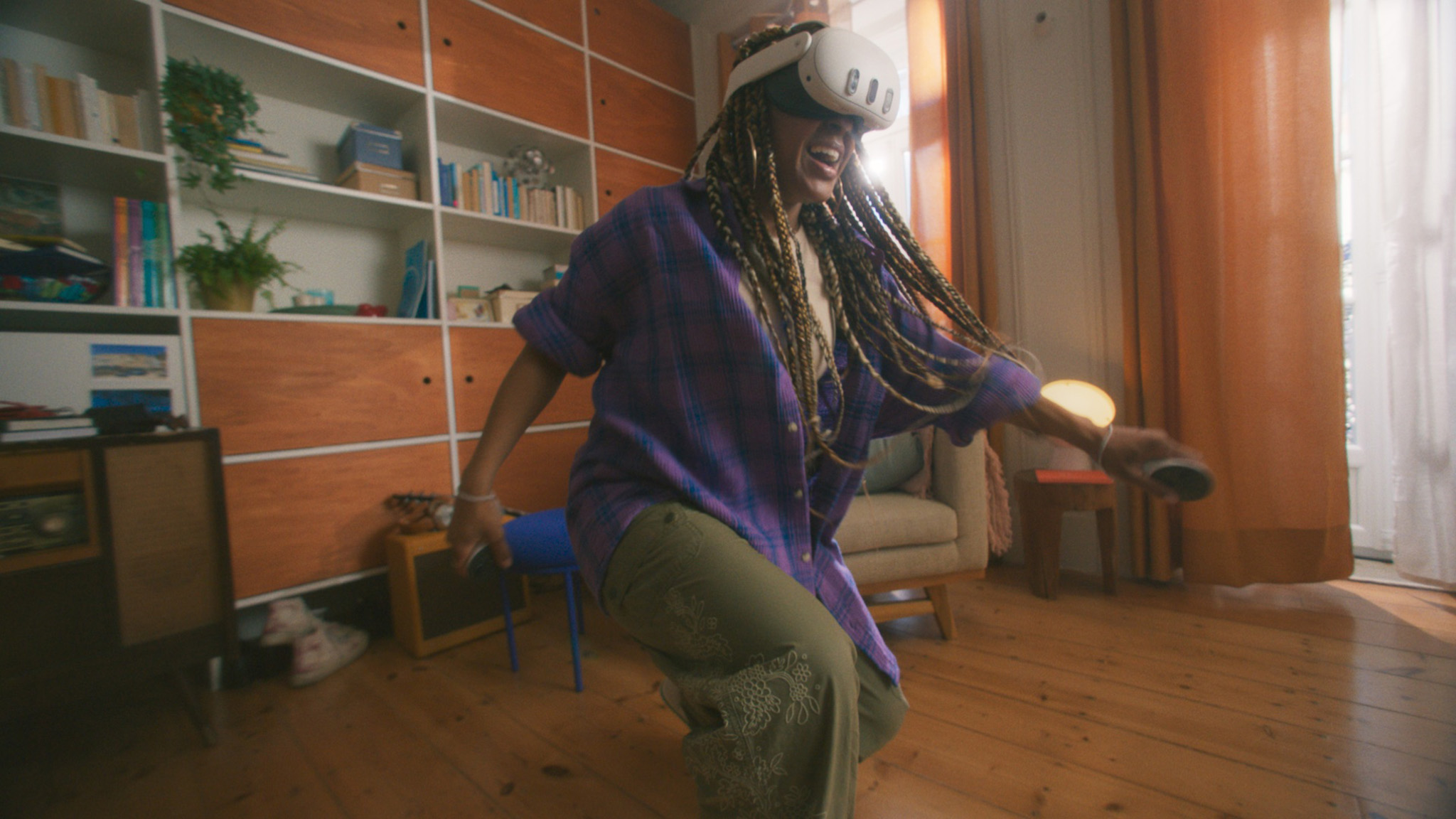
If you want a VR headset for gaming, the Meta Quest 3 is the obvious choice. It has well over 500 games in the Quest Store, plus hundreds more in the App Lab from indie developers — and even the option to play Xbox Cloud Gaming in 2D on the headset.
Compared to that, Apple has 2D games available from Apple Arcade, but you can just play those on your iPhone 15 Pro Max for a similar experience (and without getting a headache).
Passionate SteamVR fans have developed a mod to make VR games work on the headset, while Unity developed a PolySpatial VR gaming engine that works with VisionOS. For now, though, you'll find only a handful of true VR gaming experiences on the Vision Pro, and they rely on hand tracking.
On the flip side, the Quest 3's non-gaming app store is very limited. It does have a solid selection of media apps like YouTube, Netflix, and Vudu, plus a few productivity apps from Microsoft and others. But for the most part, it relies heavily on the Meta Browser.

With the Apple Vision Pro, you get access to standard apps in iPadOS form floating in 2D windows in-headset, along with hundreds of "spatial" apps actually designed for mixed reality. You can even connect your Vision Pro to your MacBook and use it as a virtual display, though you unfortunately can't use it as an extended display yet.
We've seen some controversy surrounding the Vision Pro's app situation, as major developers refuse to let their apps on the headset, even in 2D form. Companies like Netflix have said that the Vision Pro isn't a big enough product yet to justify developing a spatial app for it, while YouTube has plans to make an Apple-specific app in its roadmap.
Here's the real question you have to answer: What will you use the Vision Pro for? It's a "spatial computer," not a headset, according to Apple, one meant for serious activities instead of something casual like gaming. So it's interesting to read this Business Insider hands-on saying that having multiple windows in your vision is a "game changer for remote workers," but that the author "couldn't last more than 4 hours in the Vision Pro" due to eye strain and needed a nap afterward.
Apple Vision Pro vs. Meta Quest 3: Which should you buy?

Apple sold 200,000 Vision Pros in the pre-order window, according to analysts' estimates. That's a pretty darn impressive number, considering the high price for the spatial computer/ headset. We don't have estimates for Quest 3 sales yet, but Meta did report record-breaking Reality Labs profits from both Quest 3 and Quest 2 sales at the end of 2023.
Will Apple and Meta sustain their sales numbers? The Quest 2 continues to sell well because a lot of people prefer an affordable gaming-focused headset to more expensive options with better specs. But now that all of the VR enthusiasts have bought Vision Pros, will "everyday" people buy into them?
Ultimately, we'd argue that anyone new to VR should probably consider buying a Quest before the Vision Pro unless you try a demo at the Apple Store and truly think you'll use it daily for productivity or at-home streaming. Even if the Quest 3 isn't as good visually or comfort-wise, it'll save you so much money and give you a comparable amount of entertainment.

Incredible visuals, niche purpose
Die-hard Apple fans, professional XR developers, and scalpers lined up to buy the Vision Pro. So far, most of its applications look amazing but are focused on productivity or casual streaming use, rather than VR's traditional use case: gaming. It's an impressive device, but also a first-gen device that could use some polishing and a better app library.

Built for gamers
The Quest 3 falls short of the Vision Pro in key areas, but that may or may not matter to you. Most people love VR for gaming, and the Quest 3 is the best VR headset for gaming, with respectable performance and visuals. You can wait a couple of years for the Quest 4 or Quest Pro 2 if you want something even better, but this is probably the best option you can afford right now.

Michael is Android Central's resident expert on wearables and fitness. Before joining Android Central, he freelanced for years at Techradar, Wareable, Windows Central, and Digital Trends. Channeling his love of running, he established himself as an expert on fitness watches, testing and reviewing models from Garmin, Fitbit, Samsung, Apple, COROS, Polar, Amazfit, Suunto, and more.
